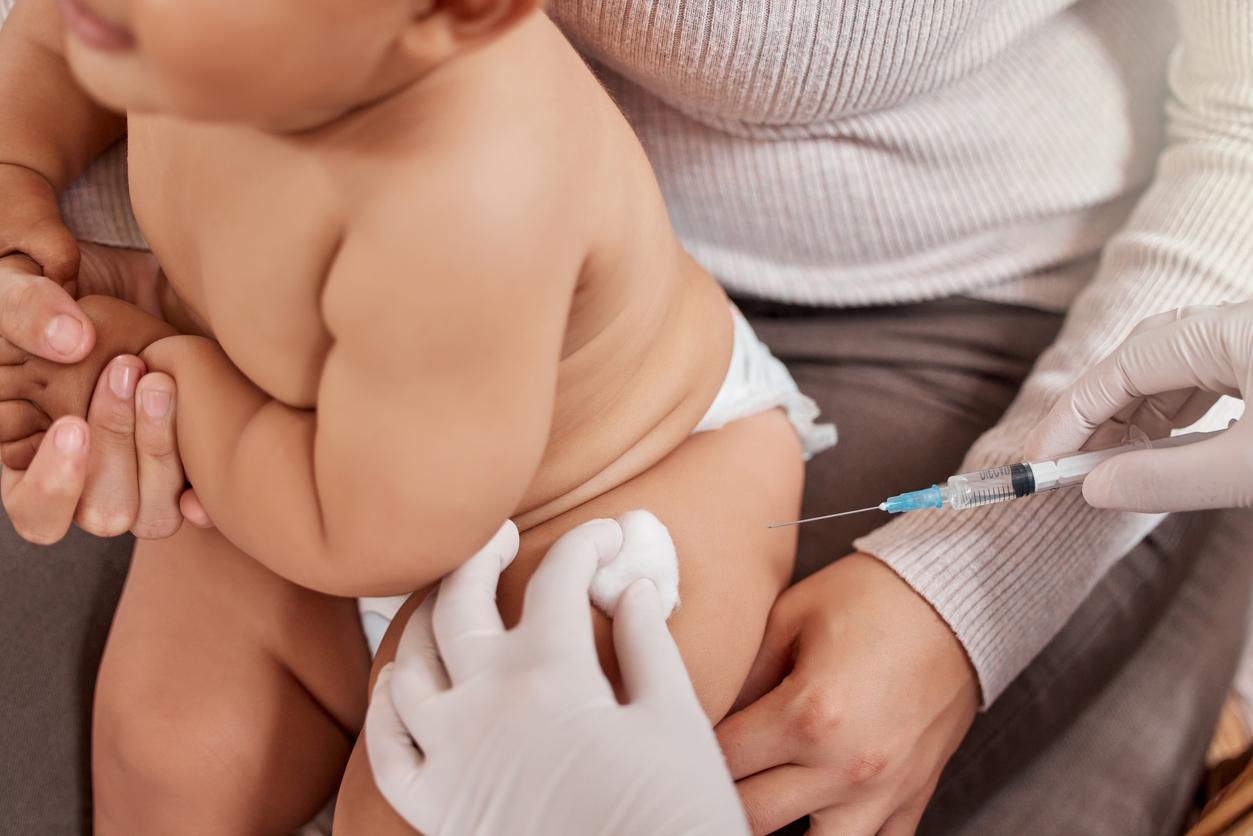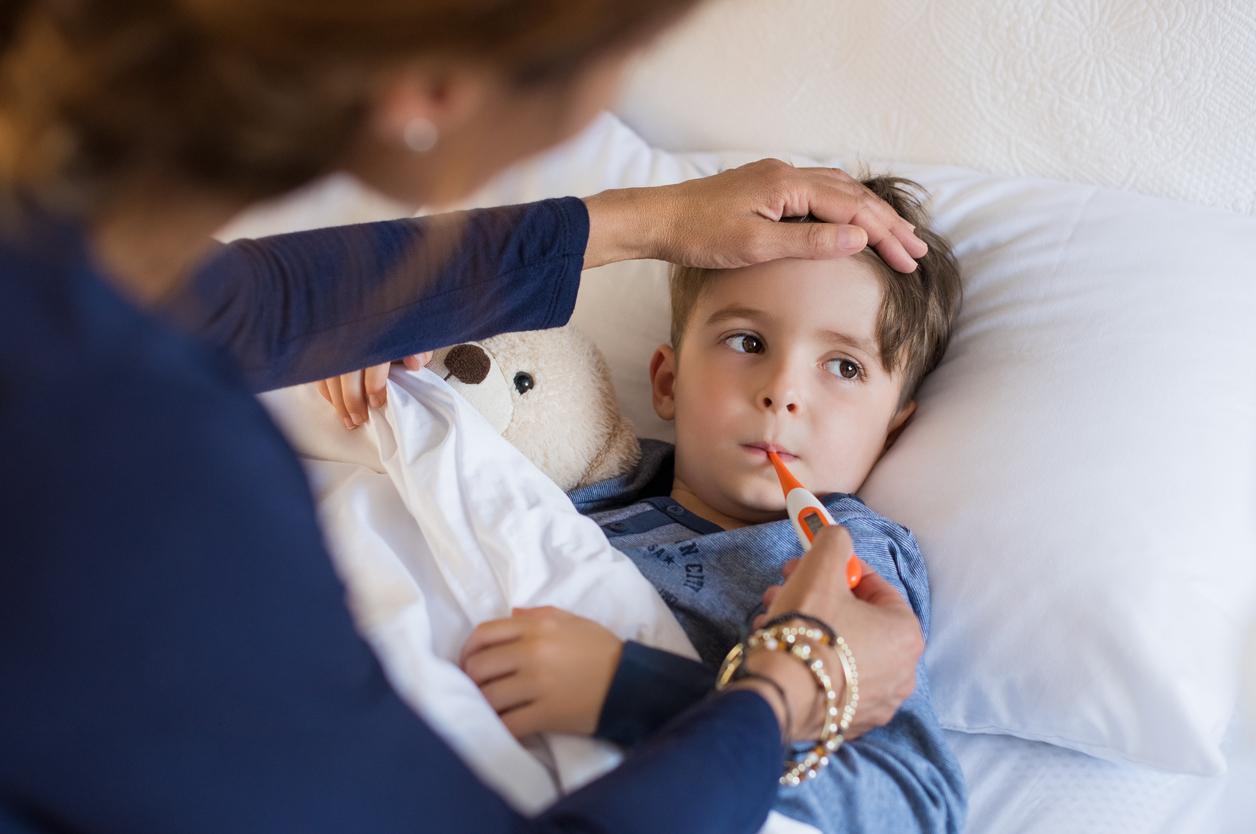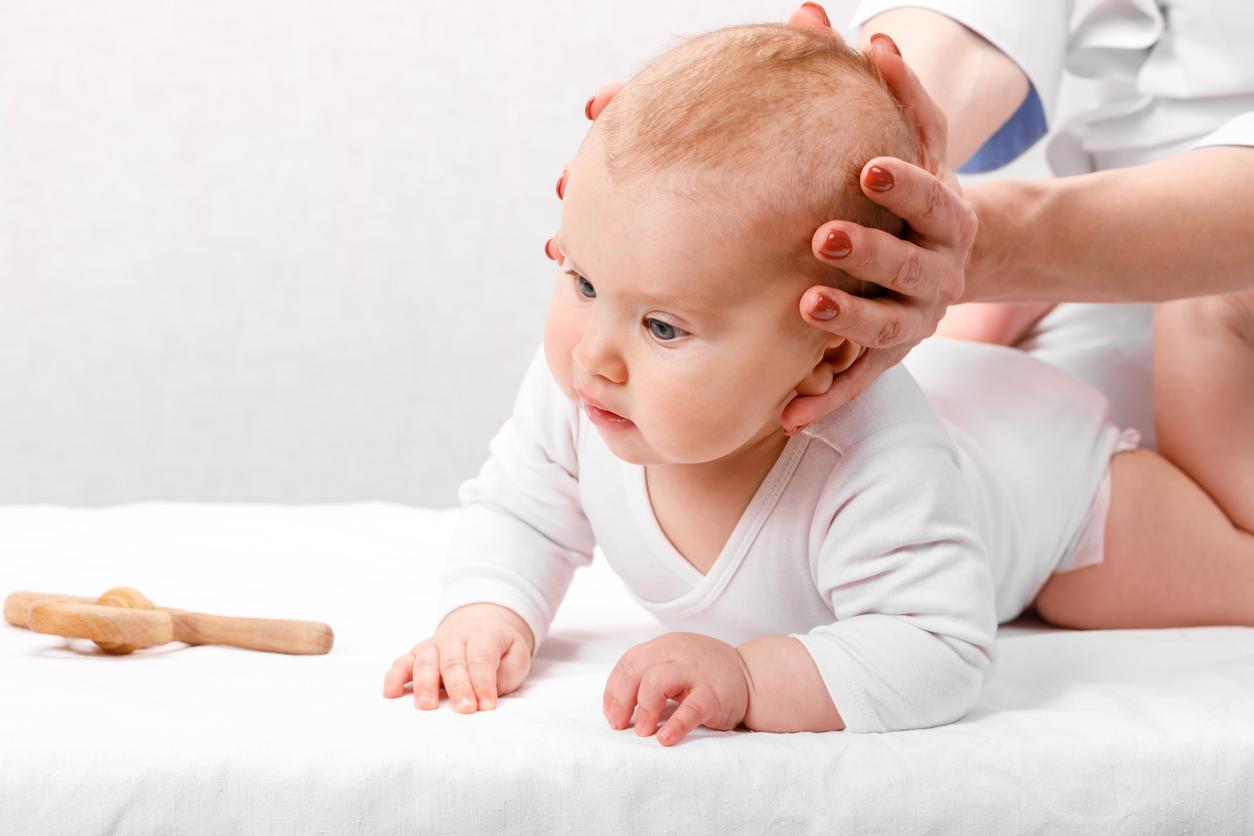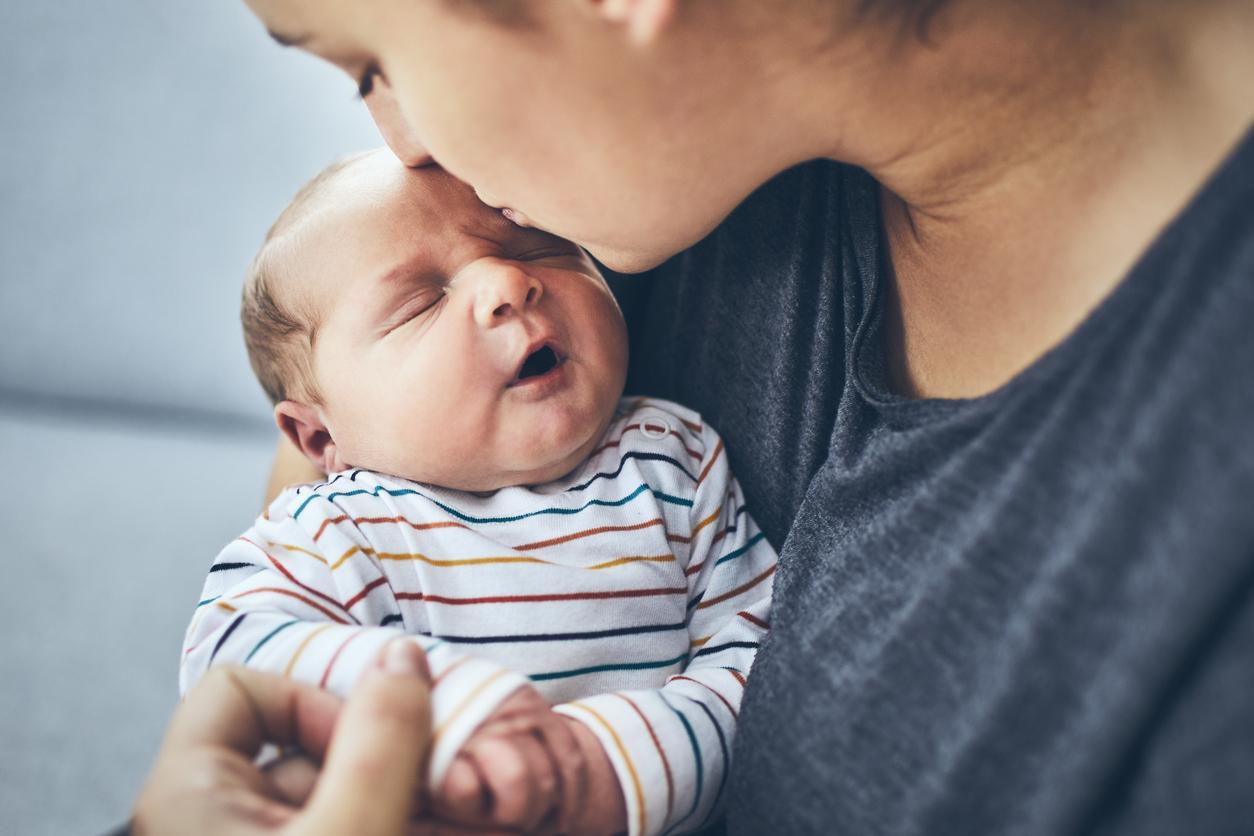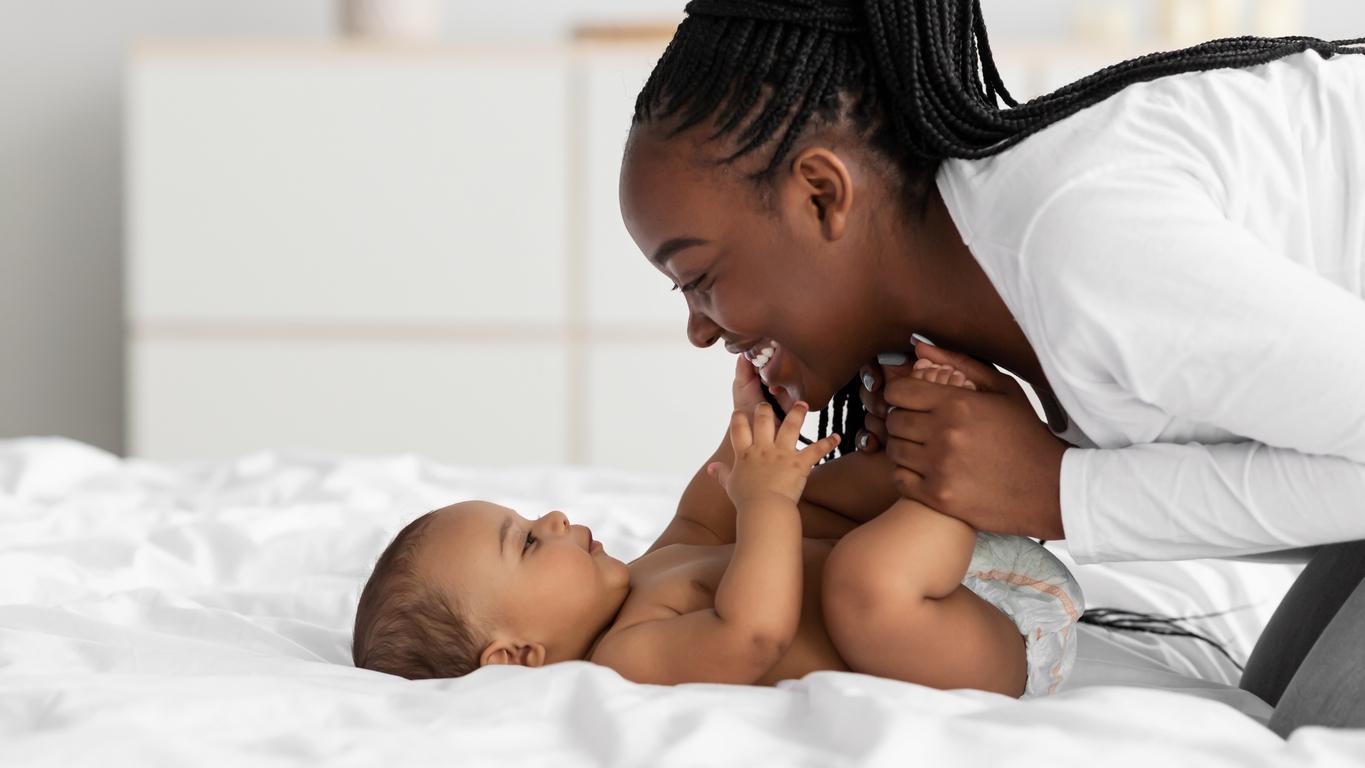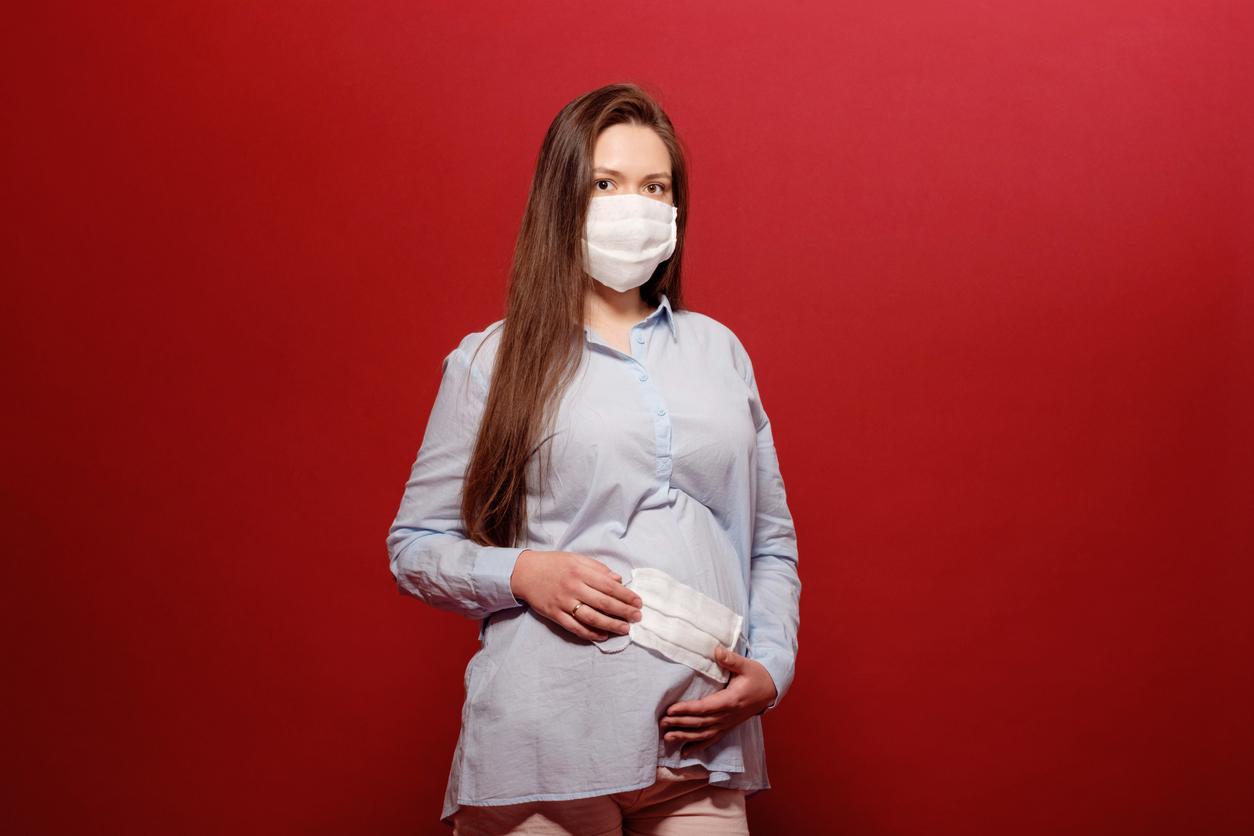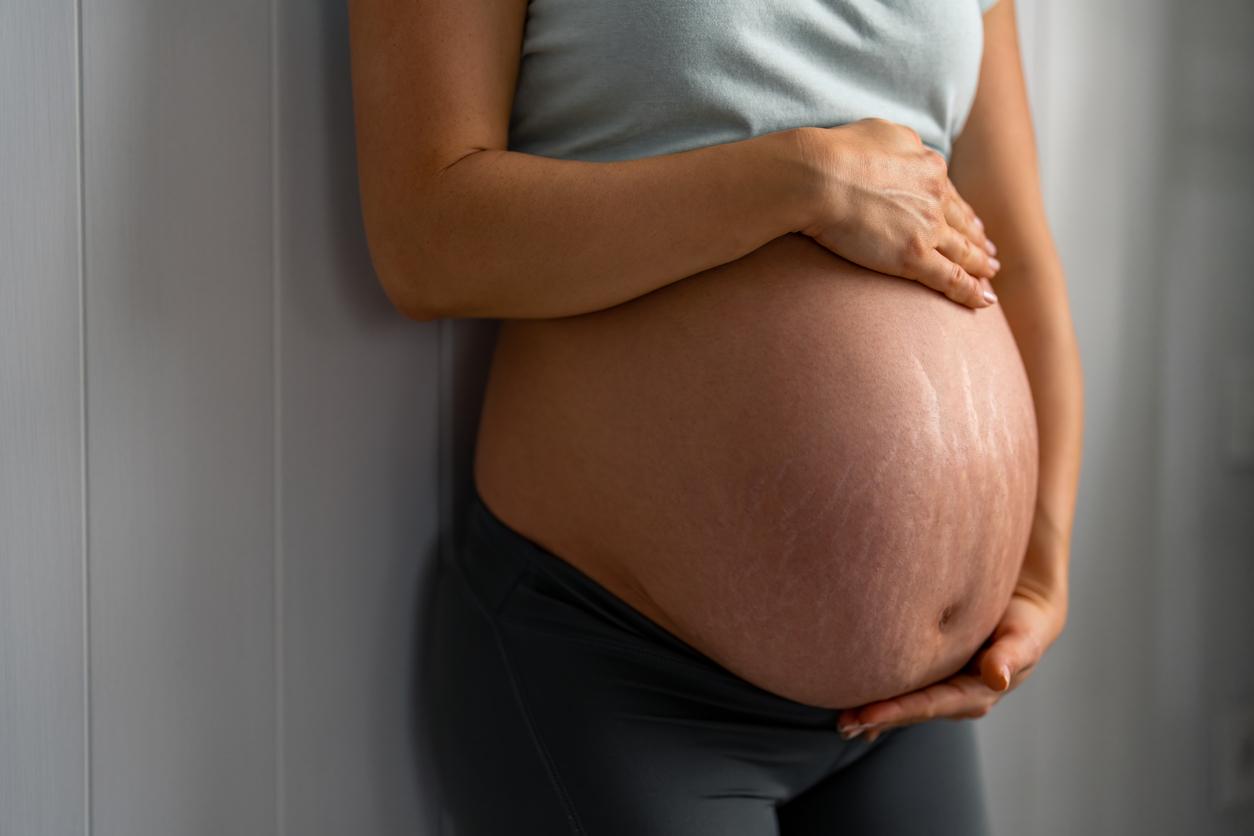SUMMARY :
- From what temperature does one have a fever?
- Baby fever: how to lower the fever? And when to consult?
- Baby fever: why you shouldn’t have a bath?
Systematic treatment of fever is no longer an absolute rule: everything depends on the degree of tolerance of your little patient. If he continues to play as if nothing had happened, there is no need to panic. His body is probably fighting off a nasty virus. No urgency to consult (unless he is less than 3 months old). Wait at least 24 hours to see if the fever persists before calling the pediatrician. On the other hand, if your child is dejected, sweats a lot or refuses to eat, an antipyretic drug will reduce his feeling of discomfort… while waiting for a recommended visit to the doctor. Because fever may be a normal and frequent symptom, it is nonetheless a warning sign that should not be overlooked. Be careful to respect the doses and the time between doses (generally every 6 hours) indicated by your doctor.
All young parents have experienced this moment of intense stress when baby has his first fever ! A very common phenomenon in infants that gives rise to legitimate concern. “Fever is a normal reaction of the body’s immune defense to a virus or bacteria.“, explain it Dr. Vaucan Gitto. Fever therefore helps baby to defend itself against aggression, so it is not abnormal. A mild fever (not more than 38°C) can for example mean a teething.
From what temperature does one have a fever?
“We speak of fever when the temperature taken rectally is greater than or equal to 38° in babies under 3 months old, and greater than or equal to 38.5° in babies over three months old”, details the pediatrician. The latter specifies that the temperature can be taken with a forehead or ear thermometer but that it must then be confirmed rectally because this channel gives a much more reliable and precise reference measurement.
Baby fever: how to lower the fever? And when to consult?
“Apart from vaccines, fever in infants under 3 months requires consultation in an emergency department, explains Dr. Vaucan Gitto. At this age, a pregnancy infection may be involved. This therefore requires a blood test and additional examinations which cannot be carried out in an office in town”, she adds.
After 3 months on the other hand, the child can be looked after by a pediatrician or a general practitioner in an office. “This does not necessarily call for an emergency consultation, but it is necessary to observe fever warning signs. We first give a dose of doliprane and we monitor possible abnormalities of the “CCR” for behavior, coloring and breathing“, recommends the pediatrician.
- Behaviour : is the child toneddoes he respond to his name, what is his state of consciousness?
- Coloring: is the child pale, blue, mottled ?
- Breathing : Is the child’s breathing normal or too fast?
“The alteration of one of these three parameters which persists after taking doliprane calls for a consultation in the emergency room or with the pediatrician“, Explain the Dr. Vaucan Gitto. In older children, it is necessary to monitor that the fever is well tolerated. It is recommended to consult if the fever, well tolerated, persists for more than 48 hours in children under 2 years old, and on the 4th day of fever in older children.
Baby fever: why you shouldn’t have a bath?
It has long been recommended that parents give their child a bath when they have a temperature in order, it was said, to bring down the fever. “Above all, do not give a bath. We now know that this leads to too rapid a variation in body temperature which can cause seizures.“, insists the pediatrician. The latter specifies that, on the other hand, it is necessary discover the child, put him in a diaper or bodysuit, then give him doliprane and above all watch his behavior.
Thanks to Dr Estelle Vaucan Gitto, pediatrician in Toulouse.
Read also:
- Baby conjunctivitis: what to do?
- Sudden infant death syndrome: soft toys, blankets and pillows are responsible for the majority of cases
- How to recognize otitis in babies?
- How to blow your baby’s nose?
- Bronchiolitis: how to react?








